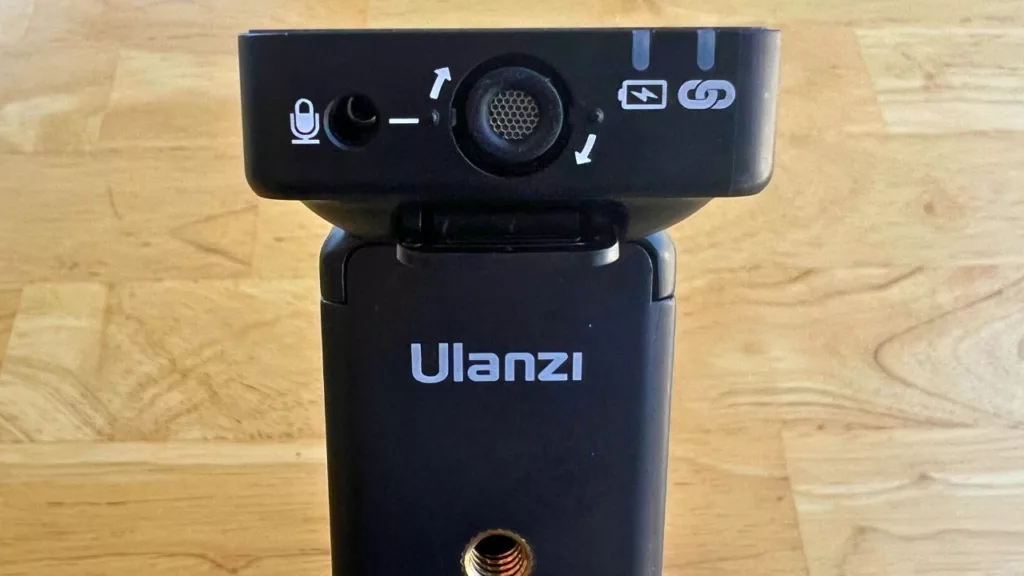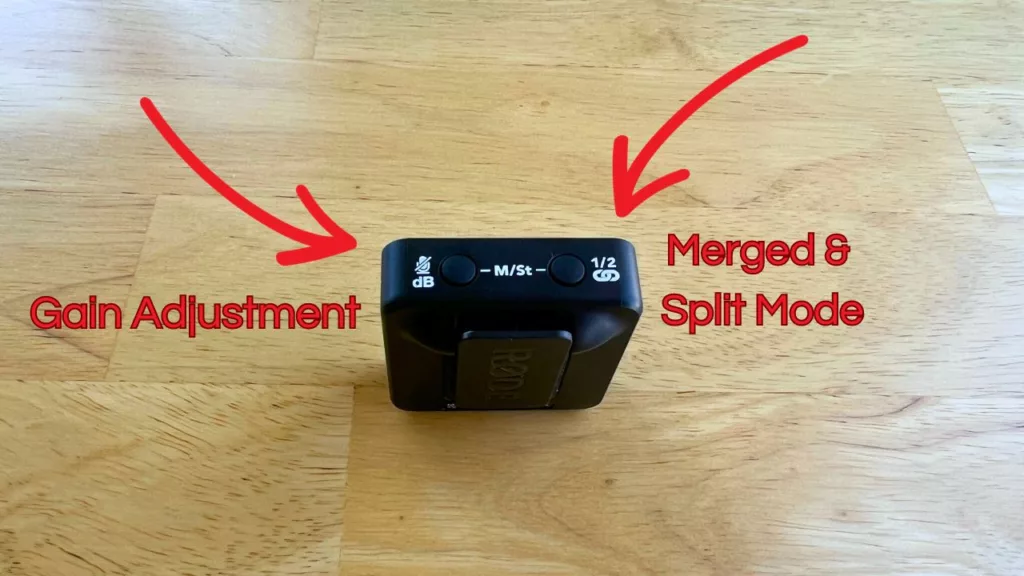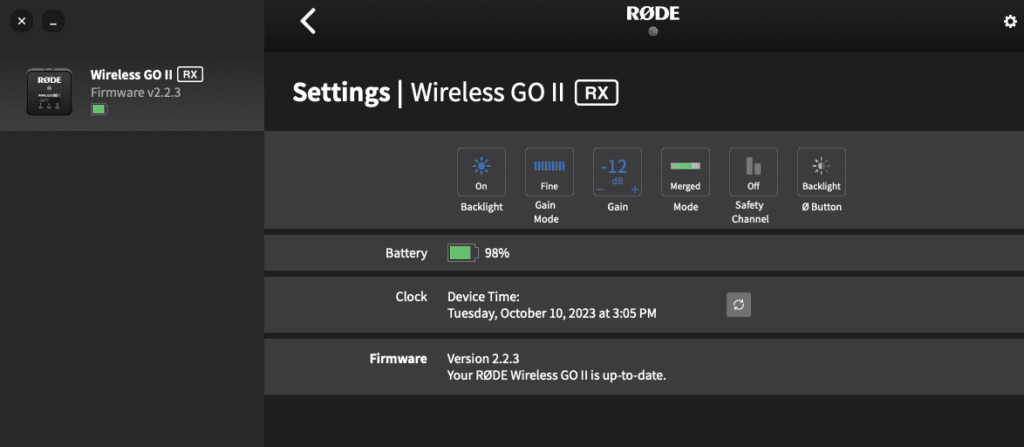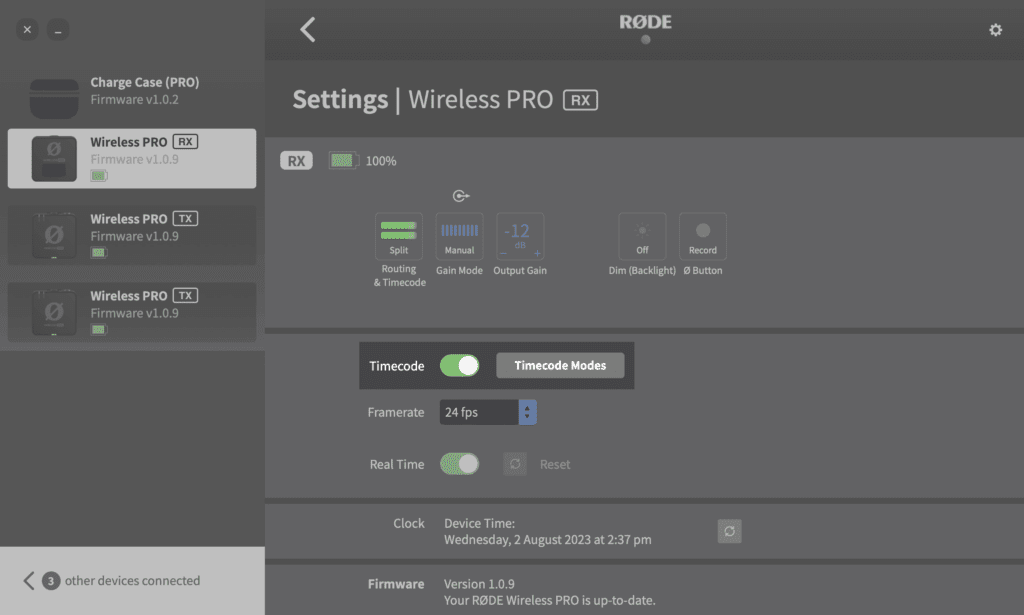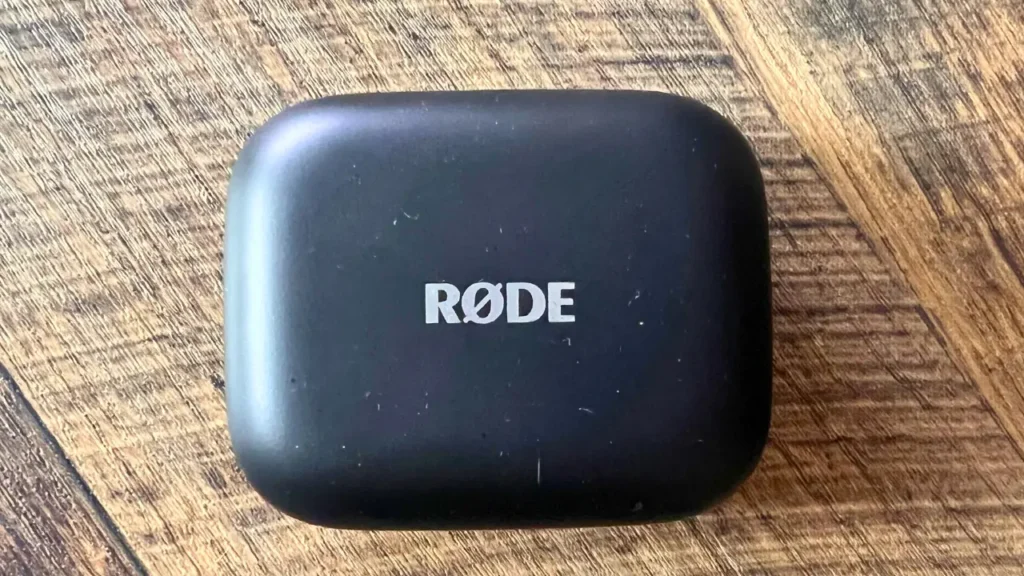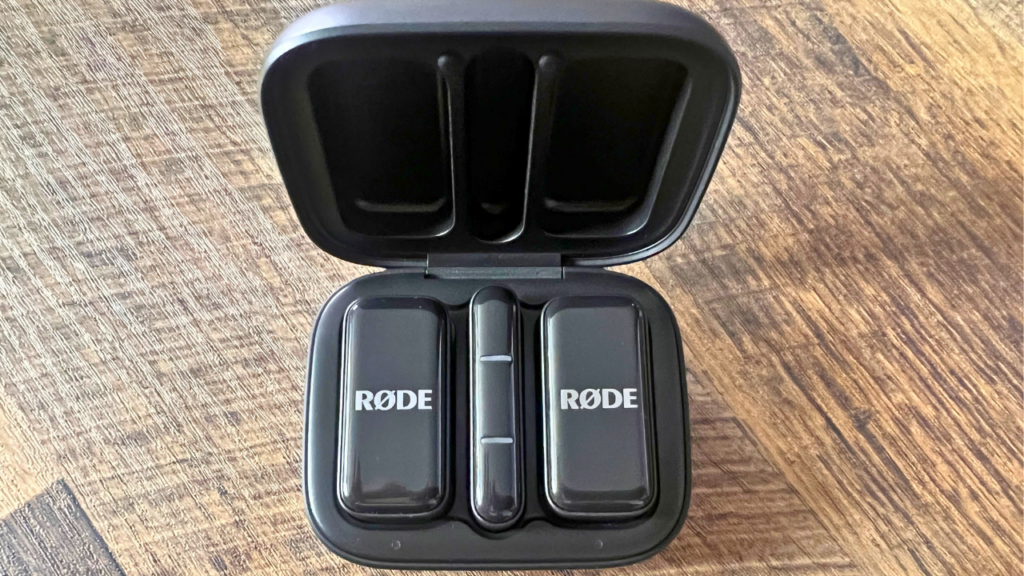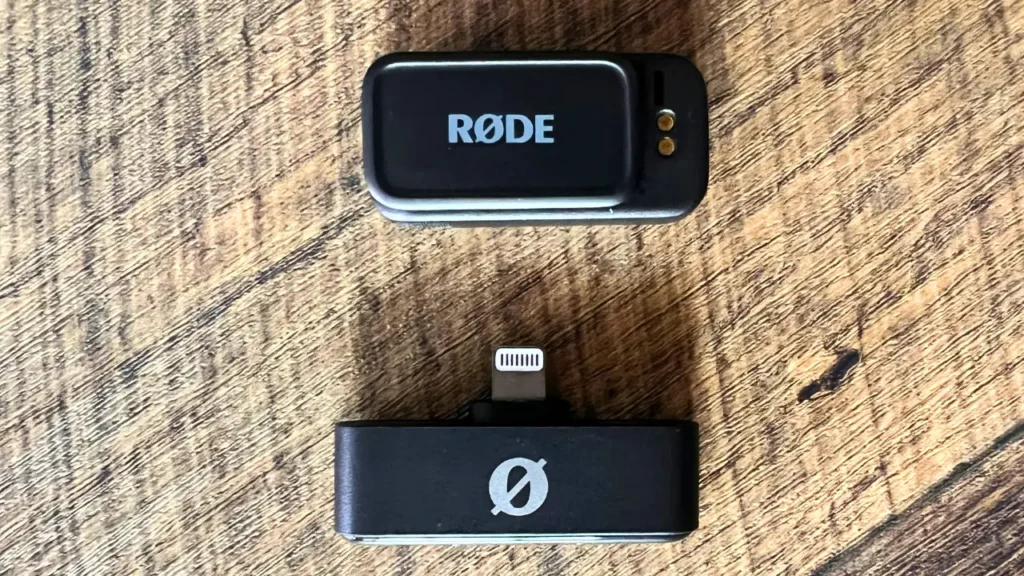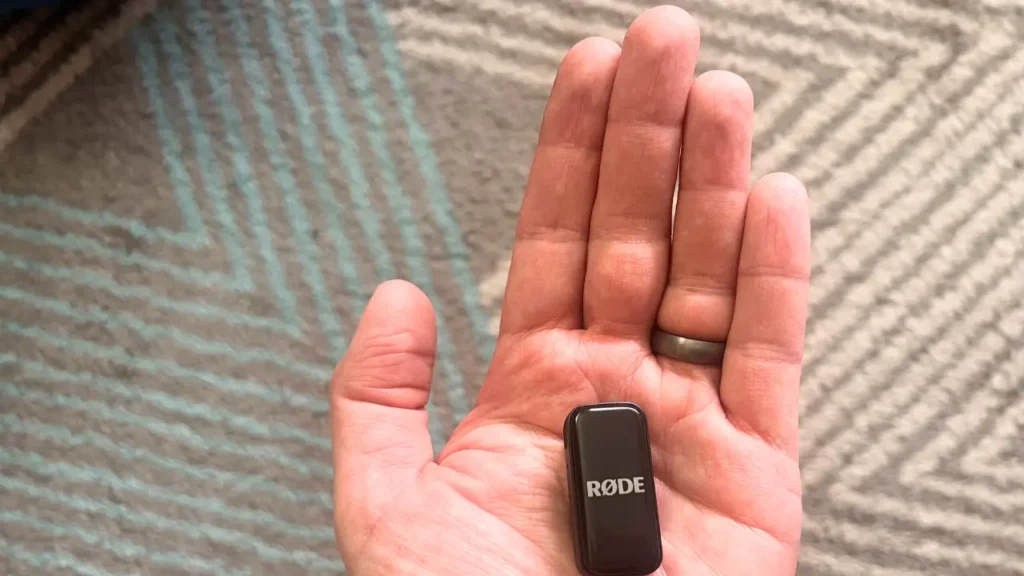Choosing the Best Rode Wireless Mic: Go 2 vs Wireless Pro vs Wireless Micro
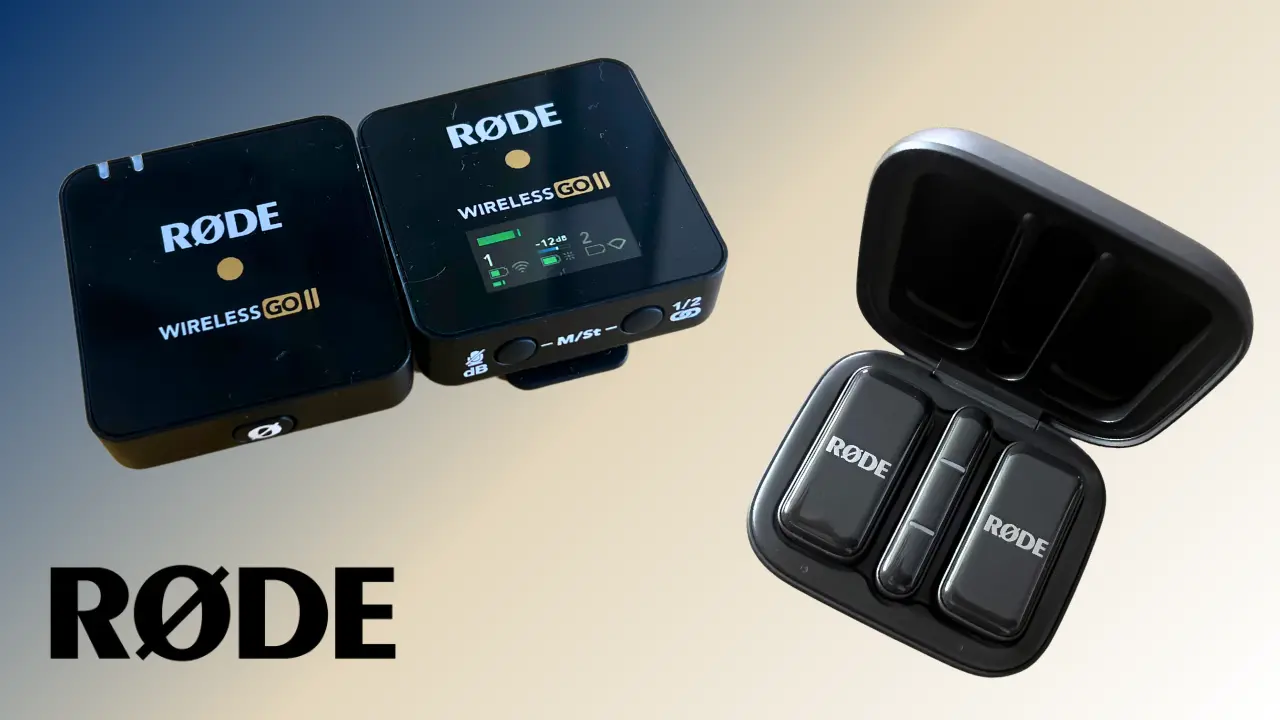
Today, we’re sizing up two giants in the audio game: Rode Wireless Go 2 vs Rode Wireless Pro. Both mics offer a blend of top-tier sound and user-friendly convenience, making them ideal for content creators who want the best of both worlds.
But when it comes to the nitty-gritty, which one stands out?
Stick around, because we’re about to dive deep into the specs, features, and real-world performance of the Rode Wireless Go 2 vs Rode Wireless Pro.
Hold up though!
Before we get into it we want to give you a heads up that as Amazon Associates we earn from qualifying purchases. This is at no additional cost to you and the money we make helps us keep the blog alive.
Ok, let’s give it a go.
What Are Rode Wireless Go 2 and Rode Wireless Pro
If you’re new to the world of Rode’s wireless microphone systems, let’s get you up to speed. Both the Rode Wireless PRO and the Rode Wireless GO 2 are dual-channel systems, meaning they come equipped with two transmitters and a single dual receiver.
This setup allows you to capture two separate audio tracks simultaneously, offering flexibility right out of the box.
Design and Build
What sets these systems apart is their groundbreaking design. Both feature square-shaped, pocket-sized transmitters and receivers that are astonishingly lightweight. You won’t even notice them when you’re on the move.
Built-In Microphones
Don’t let their compact size fool you; these transmitters pack high-quality omnidirectional microphones. This built-in feature eliminates the need for external mics, streamlining your setup.
Versatility in Placement
The transmitters come with clips designed to attach to your clothing, similar to how you’d place a lavalier microphone for capturing dialogue. The receiver’s clip is tailored to fit onto a camera or smartphone mount’s cold shoe, offering you multiple mounting options.
First Impressions
If you’ve never laid eyes on a Rode Wireless PRO or Wireless GO 2, prepare to be pleasantly surprised. Their unique form factor is unlike anything you’ve seen in traditional wireless microphone systems.
How They Work
In terms of functionality, both systems operate like any other wireless microphone setup. The built-in mics capture sound, send it to the transmitters, which then relay it to the dual receiver.
Now, it’s time to get into each unit in more detail.
Rode Wireless Go 2
The Wireless Go 2 is a compact, dual-channel wireless mic system that offers pro-level sound and universal compatibility with cameras, mobile devices, and computers.
With features like a 200m range, on-board recording, and improved transmission stability, it’s a versatile tool for diverse content creation needs.
Rode Wireless Go 2 Audio Quality
The Wireless Go 2 offers pro-level audio without the fuss. With auto-paired transmitters and receiver, setup is a breeze.
It records 48 KHz/24-bit uncompressed WAV files
Also, thanks to RØDE’s Series IV 2.4GHz digital transmission and 128-bit encryption, you get a rock-solid connection up to 200m—even in RF-heavy zones like cities or campuses.
Here’s an audio snippet of our founder, Eric Montgomery using the Go 2:
How To Connect Rode Wireless Go 2
To Cameras
What: Use the included SC5 cable.
Where: Plug it into your camera’s 3.5mm input.
Why: To record audio directly to your camera.
Pro Tip: For cameras with an XLR input, grab a VXLR Pro adapter.
To Computers
What: Use the USB-C to USB-A cable that comes with the kit.
Where: Plug it into your computer’s USB port.
Why: This turns your Wireless GO II into a wireless audio interface for your computer.
How: Just go to your audio settings and choose ‘Wireless GO II RX.’
To Mobile Devices
What: You’ll need extra cables.
Where: For iPhones, use an SC19 cable. For Androids with USB-C, use an SC16 cable.
Why: To record or stream audio directly to your phone or tablet.
Note: Only RØDE’s special Lightning cables work with iPhones. – We bought Rode’s official USB-C to Lighting cable to use with iPhone, because we didn’t want to chance it. BUT, you could try using a generic USB-C to Lightning and see if that works
Rode Merged vs Split Mode
Another unique thing about Rode Wireless Go 2, is that you get the option to record two separate mono tracks, or combine them together into one track.
Merged Mode: Combines sound from both mics into one audio track.
How to Switch: Hold down both buttons on the receiver for three seconds.
Split Mode: Records each mic on its own separate track, perfect for editing two-person interviews later.
How to Know: You’ll see two meters on the LED screen.
Rode Wireless Go 2 Gain Control
When using the Go 2 with a camera, you adjust the gain by pressing the db button on the receiver. However, there are only several jumps and decreases in gain when using your GO 2 with a camera via the 3.5mm jack that comes with the unit.
The lower the number the higher the gain, the higher the number the lower the gain. To adjust the gain you press the db button on the receiver.
If you are using the Rode Wireless Go 2 via USB-C you will need to adjust the gain in your recording software or app.
For more granular gain control for both the 3.5mm jack and USB-C take a look at the Rode Central App.
Local Recording
In addition to recording into a Camera, Computer, or Smartphone, the Go 2 has the capability of recording directly to a transmitter as a backup. This is done via the Rode Central.
Within Rode Central you can tweak settings, turn features on or off, manage recordings, and keep your gear up-to-date. It’s free and works on both Mac and Windows.
How To Charge The Wireless Go 2
Both the transmitters and receivers have a USB-C input for charging, and they come with 2 USB-C to USB-A cables. This means you can easily charge them by plugging them into any USB power source.
Rode Wireless Go 2 Tech Specs
- Polar Pattern: Omnidirectional
- Frequency Range: 50Hz – 20kHz
- Maximum SPL: 100 dB SPL (1kHz @ 1m) dBu
- Max Input Level (3.5mm): -20dBV
- Microphone Preamp Gain: 20dB
- Operating Time: Up to 7 hours
- Analog Inputs: 3.5mm TRS (lavalier microphone input)
- Analog Outputs: 3.5mm TRS
- Transmission Range: 200m (line of sight)
- Computer Connectivity: USB Type-C
- OS Requirements: macOS 10.11 and above, Windows 10 and above
There are several other technical specs that you may want to know, but we’re not engineers, we’re content creators like you.
We didn’t want to bore you with more details, the above info is what you’ll likely want to know when considering purchasing a Rode Wireless Go 2 system.
What Comes In The Box?
When you purchase a Rode wireless Go 2, you get:
- Two Rode Transmitters and One Receiver
- Two USB-A to USB-C cables
- One 3.5mm Cable
- Two fury windscreens
Rode Wireless Go 2: Audio Simplified
The Rode Wireless Go 2 is a no-brainer for content creators who want pro-level audio without the hassle. From its easy setup with auto-paired transmitters and receivers to its robust 48 KHz/24-bit uncompressed WAV files, this system is designed to make your life easier.
So, if you’re in the market for a reliable, versatile wireless audio system, the Rode Wireless Go 2 has got you covered from A to Z. It’s not just about specs; it’s about making your content creation process as smooth as possible.
Now lets get more into the Rode Wireless Pro.
What Is The Rode Wireless Pro?
New on the market as of writing this is the Rode Wireless Pro. Let’s talk about it!
The Rode Wireless Pro—a mic system that’s basically the Swiss Army knife of wireless audio. This bad boy is jam-packed with features that make your life easier and your recordings cleaner.
32-bit Float Recording
Think you messed up a take?
Nah, the 32-bit float on-board recording has got your back. 32-bit float audio recording is a high-tech format that offers a massive dynamic range for capturing audio.
One of its standout features is that it’s incredibly forgiving of clipping, meaning you can recover audio that would otherwise be distorted if recorded at a lower bit depth.
However, this doesn’t mean that you shouldn’t check your gain and be diligent in your quest to capture healthy audio levels. Rather, it provides a little bit of oopsie protection if someone starts to peak on the microphone.
On Board Timecode
Syncing issues?
Forget about it; the timecode feature is a lifesaver.
Timecode is a sequence of numeric codes generated at regular intervals, used to synchronize and locate specific frames in audio and video files during editing and playback.
It’s essential for ensuring that audio and video elements align perfectly, especially in complex productions where multiple tracks or cameras are involved. This is perfect for filming video podcasts.
GainAssist
Trouble getting the audio levels you want? Rode’s GainAssist tech makes sure your audio is always on point.
GainAssist automatically adjusts your audio levels to eliminate the hassle of manual gain setting, letting you concentrate on the creative aspects of content creation.
Headphone Output
The Wireless Pro features a headphone output jack, so that you can monitor recordings in real time.
Rode Wireless Pro Audio Quality
The Rode Wireless Pro is designed to offer state-of-the-art wireless audio. It uses Series IV 2.4GHz digital transmission and a proprietary near-zero latency codec with 128-bit encryption. This ensures crystal-clear, incredibly stable audio with a range of up to 260m.
How to Use It
The Wireless Pro is universally compatible with cameras, smartphones, tablets, and computers. It offers both analog (3.5mm) and digital (USB-C) outputs for versatile connectivity.
Integration with Rode Central
Similar to the Rode Wireless Go 2, The Rode Central app allows you to check your audio levels, configure settings, and customize the system to your needs. It works on both Mac and Windows.
Rode Wireless Pro Tech Specs
- Acoustic Principle: Pre-polarised pressure transducer
- Polar Pattern: Omnidirectional
- Frequency Range: 20 Hz – 20 kHz
- Maximum SPL: 123.5 dB SPL
- Equivalent Noise (A-Weighted): 22 dBA
- Signal-to-noise Ratio: 72 dB
- Analog Inputs: 3.5mm locking TRS (TX)
- Analog Outputs: 3.5mm TRRS (RX)
- Transmission Range: 260m (line of sight)
- Digital Connectivity: USB-C
- Operating System Requirements:
- macOS 10.15 and above
- Windows 10 and above
- iOS 14 and above
- Android 11 and above
- Power Requirements: In-built rechargeable lithium-ion battery, charged via USB-C (5V, 0.4A)
- Operating Time: Up to 7 hours
What’s in the Box?
- Two transmitters and one receiver
- Furry windshields for outdoor use
- A pair of MagClip GO
- A smart charging case
- An accessory pack to store your lavs, cables, and clips
Rode Wireless Pro: The Ultimate Audio Tool
The Rode Wireless Pro is the ultimate tool for content creators who demand the best. With its 32-bit float recording, timecode feature, and GainAssist technology, it’s designed to make your audio production as seamless as possible.
If you’re serious about your audio quality and want a system that can handle anything you throw at it, the Rode Wireless Pro is the way to go. It’s not just a microphone system; it’s a complete audio solution.
What Is The Rode Wireless Micro?
New to the Rode wireless microphone lineup is the Rode Wireless Micro. Let’s dive into what makes this compact powerhouse stand out! The Rode Wireless Micro is a pocket-sized solution specifically designed for smartphone content creators.
This ultra-compact system connects directly to your phone with no cables required and features two clip-on transmitters with built-in microphones, allowing you to get recording in seconds.
Compact Design and Battery Life
One of the standout features of the Wireless Micro is its incredibly portable design. The charging case resembles popular wireless earbuds cases, making it easy to slip into a pocket or small bag.
With up to 21 hours of battery life using the included charging case, it’s the ideal grab-and-go microphone for smartphone content creation. The transmitters themselves provide several hours of continuous use before needing a recharge in the case.
Rode Wireless Micro Audio Quality
The Wireless Micro delivers pristine audio quality that punches well above its weight class.
The built-in omnidirectional microphones capture clear, professional-sounding audio whether you’re recording indoors or battling wind outdoors.
How To Connect Rode Wireless Micro
To Smartphones
What: Simply plug the receiver directly into your smartphone.
Where: Available with either USB-C or Lightning connector options.
Why: For instant, cable-free recording directly to your phone.
Pro Tip: No additional adapters or cables needed—truly plug-and-play!
Rode Wireless Micro Tech Specs
- Polar Pattern: Omnidirectional
- Frequency Range: 50Hz – 20kHz
- Maximum SPL: 100 dB SPL
- Connectivity: Direct USB-C or Lightning connection
- Operating Time: Up to 21 hours (with charging case)
- Transmission Range: Reliable connection up to 100m (line of sight)
- Dimensions: Ultra-compact, pocket-sized design
- Weight: Extremely lightweight
What Comes In The Box?
When you purchase a Rode Wireless Micro, you get:
- Two Rode Transmitters with Built-in Microphones
- One Receiver (USB-C or Lightning version)
- Compact Charging Case
- USB-C to USB-A Charging Cable
- Two Furry Windshields for Outdoor Recording
- Two Magnets For Fastening The Microphones To Clothes
Rode Wireless Micro: Smartphone Audio Simplified
The Rode Wireless Micro is great for smartphone content creators who want professional-quality audio without the bulk or complexity.
At just $149, it offers incredible value with its dual-mic setup, intelligent gain control, and impressive battery life.
If you’re creating content primarily with your smartphone and need a reliable, portable audio solution that delivers excellent sound quality, the Rode Wireless Micro should be at the top of your list. It’s not just about specs; it’s about making your mobile content creation process as seamless as possible.
Comparing the Rode Wireless Microphone Systems
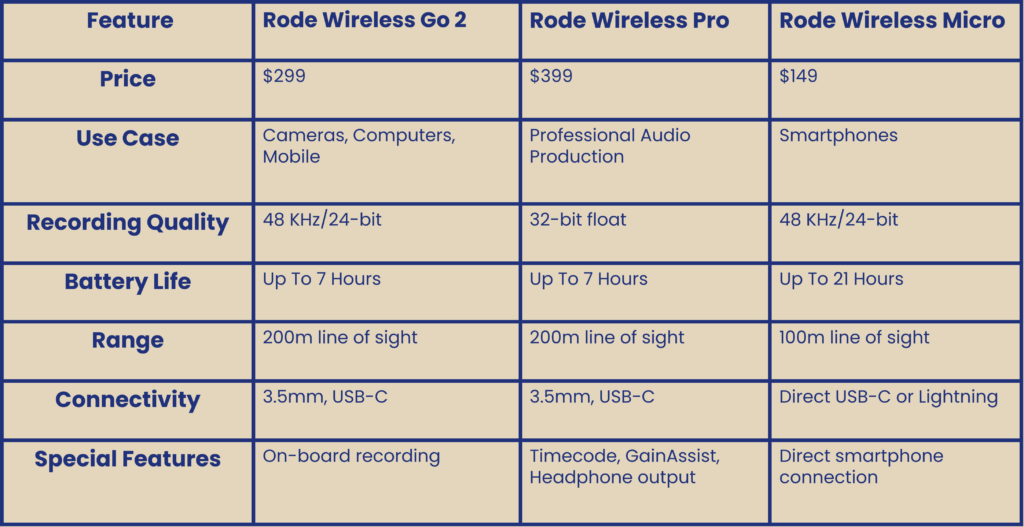
Which Rode Wireless Microphone Is Right For You?
Choose the Rode Wireless Go 2 if:
- You need a versatile system that works with multiple devices
- You want a proven, reliable system with excellent range
- You’re on a mid-range budget but want professional features
Select the Rode Wireless Pro if:
- You need the highest audio quality with 32-bit float recording
- You work on professional productions requiring timecode
- You want the most feature-rich option and budget isn’t a concern
Choose the Rode Wireless Micro if:
- You primarily create content with your smartphone
- You value ultra-portability and long battery life
- You want the most affordable option without sacrificing quality
- You need the simplest plug-and-play solution
Final Thoughts: Three Great Options for Different Needs
After putting all three Rode wireless microphone systems through their paces, it’s clear each one has its own strengths depending on the type of content you’re creating. The Wireless Go 2 still stands out as a flexible workhorse, ready for just about any application.
If you need top-tier production quality, the Wireless Pro delivers with features like 32-bit float recording and timecode support. For creators looking for a simple, budget-friendly setup—especially for smartphone use—the Wireless Micro brings a lot of value and convenience to the table.
No matter which system fits your needs, Rode’s reputation for quality shines through. You’ll get clean, reliable audio that enhances your content and keeps your audience tuned in. Choosing the right model really comes down to your workflow, goals, and budget.
Have you used any of these Rode wireless mics? Share your experience in the comments—we’d love to hear!
Connect With The Podcast Haven:
More Blog Posts To Help You Crush Your Content Goals:
- How To Get Podcast Sponsors: Downloads Needed and What You Can Earn
- Podcast Name Ideas: Best Practices For Naming Your Show
- Podcast Production Agency: The Complete Guide To Choosing The Right Partner For Your Show
- YouTube Creator Burnout: How To Algorithm Impacts Mental Health and What To Do About It
- E-E-A-T For Content Creators: Grow, Monetize, and Build Trust With A Small Audience

